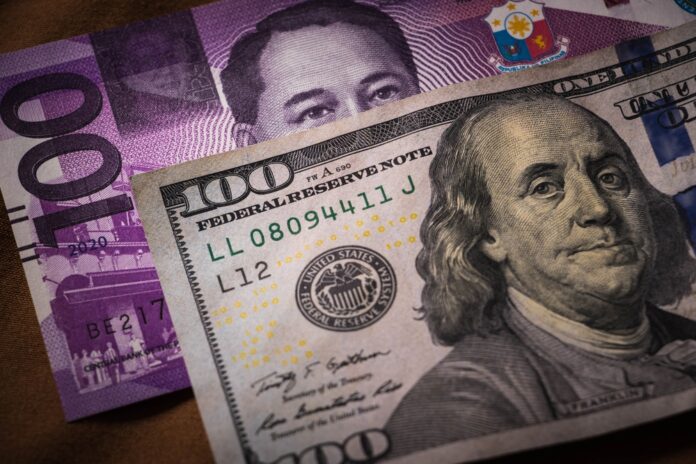The country’s balance of payments (BOP) stood as a surplus of $1.3 billion in March this year, higher than the $754 million BOP surplus recorded in the same month last year.
The BOP surplus in March resulted from inflows arising mainly from the national government’s (NG) net foreign currency loans, which were deposited with the BSP, and net income from the BSP’s investments abroad.
This was also a turnaround from an $895 million BOP deficit in February when the $394 billion Philippine economy incurred far more foreign currency-denominated expenses than it was earning during the period.
According to the Bangko Sentral ng Pilipinas (BSP), the BOP surplus in March brought the year-to-date BOP level to $3.5 billion surplus, markedly higher than the $495 million surplus recorded in the same period a year ago.
Based on preliminary data, the cumulative BOP surplus reflected inflows arising mainly from personal remittances, net foreign borrowings by the NG, and foreign direct investments.
The BOP in 2022 stood as a deficit $7.26 billion wide that year, itself a reversion from a small surplus in 2021 when it rounded the year as a surplus totaling $1.34 billion.
The gross international reserves (GIR), an indicator of capacity to pay for trade or debt obligations, increased to $101.5 billion as of end-March 2023 from only $98.2 billion as of end-February this year.
The latest GIR level represents a more than adequate external liquidity buffer equivalent to 7.6 months’ worth of imports of goods and payments of services and primary income.
This was also 6.1 times the country’s short-term external debt based on original maturity and 4.2 times based on residual maturity.





